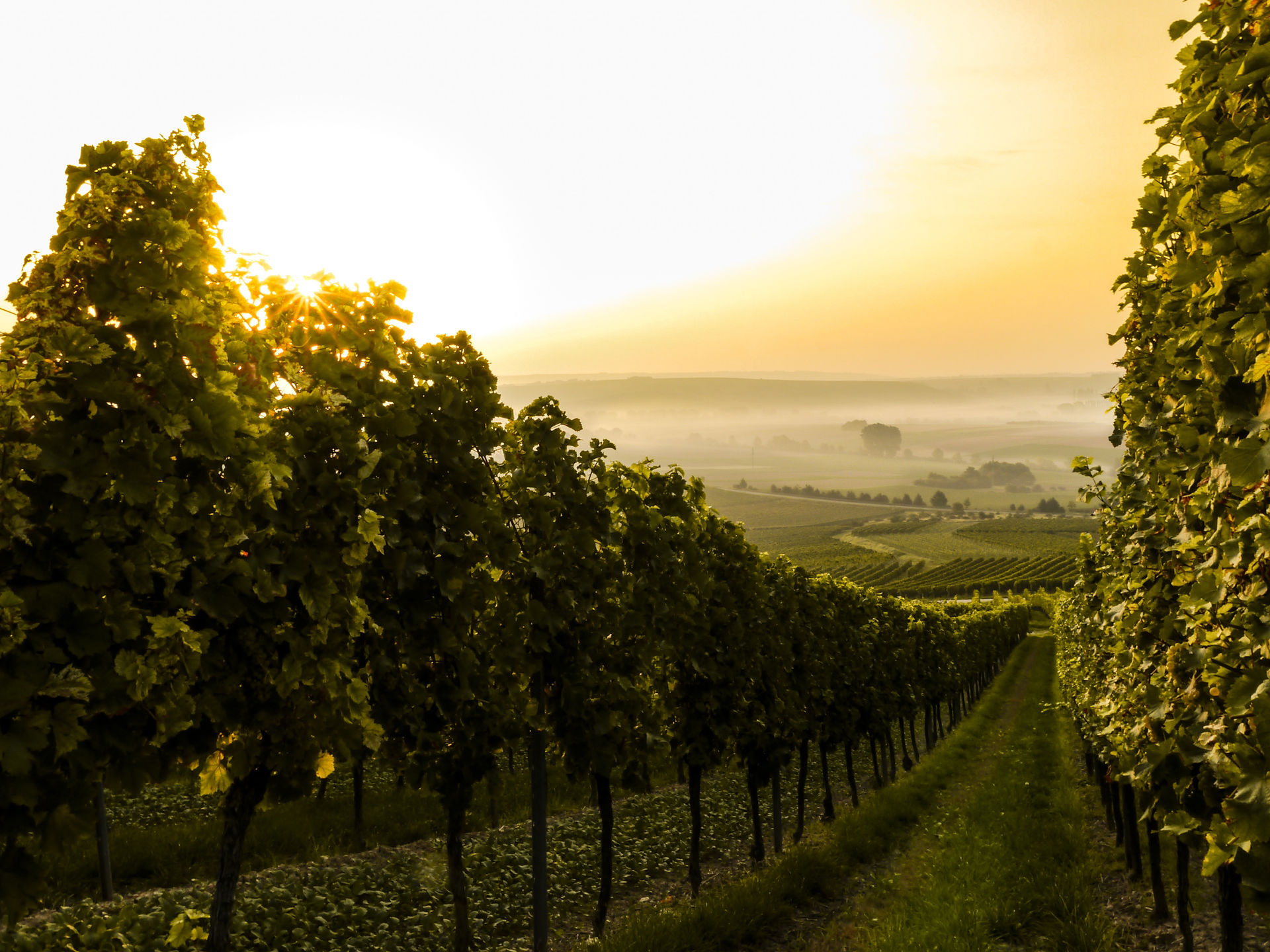Discover The Spanish Basque Country and La Rioja
- Deanna Lowe

- Sep 2, 2023
- 4 min read
Get to know the essence of the Spanish Basque country, the infamous Spanish wine region, La Rioja, and how to shop for La Rioja wines. Another wine travel diary.

Spain's northern coastline is home to the mountainous and beach-filled Basque Country. If you're unsure where it is, the Basque Country is home to popular tourist destinations like San Sebastian and Bilbao (places that are near and dear to my heart). As the name implies, the Basque Country considers itself an autonomous community from Spain largely because its official language is Euskara, which has no relation to Spanish. If you ever visit, you’ll find that the green landscape and the rainy weather will remind you a lot of Vancouver. Although it is the rainiest part of Spain, it also has warm sunny days and a mild climate which is refreshing compared to many hot and humid places in Spain.
On my travels around the Basque country this summer, I took the opportunity to taste many La Rioja wines and even hosted a wine-tasting skillshare for my 13 housemates at the Sun & Co. Coliving countryside villa where we tasted 10 wines, primarily La Riojas. The wine tasting ended up being a fiesta with tapas and charcuterie, and we called the fiesta “The Last Supper” since it was our last night at the villa. We even took a photo in tribute to the famous Michaelangelo painting, shown below. For background, the Basque Country is home to the infamous Spanish wine region, La Rioja. Since it's a local region, its wines are more accessible - meaning I splurge a bit more (and get to learn a bit more).

What is La Rioja?

From my experience, La Rioja wines are affordable and never disappoint. La Rioja is largely known for producing high-quality, exceptional red wines from grapes varietals like Tempranillo and Garnacha Tinto. They also produce excellent white wines like Grancha Blanco, Tempranillo Blanco, Chardonnay, and Sauvignon Blanc. Similar to French and Italian appellations, La Rioja has strict regulations on their wine, depending on their classification, which is how they built their reputation as a world-renowned appellation like Bordeaux and Chianti. Their terroir consists of a moderately drought terrain with a mild climate and clay and limestone soil. This is a perfect environment for growing a variety of grape varietals that have higher tannins, higher acidity, and are more sensitive to warmer temperatures.
What is Tempranillo?

You’ll find that La Rioja red wines are made primarily of Tempranillo. Tempranillo is a versatile black grape varietal that is dry and age-able, typically carrying a medium level of body, acidity and tannins. For younger Tempranillos, you’ll taste notes of red and black fruit like red cherry, strawberry, black plum, and blackberry. For aged Tempranillos, you’ll taste notes derived from oak and bottle ageing like vanilla, smoke, cedar, dried fruit, mushrooms, nuts, and leather. The older the Tempranillo is, the more pronounced these notes will be. Small oak barrels are commonly used to age Tempranillo wines in Spain. My favourite food pairings with this wine are dishes from the Basque cuisine like Pintxos (a small snack of various ingredients like seafood and meats on a piece of bread) and Jamón ibérico (one of the finest hams in the world made in Spain). Lasagna, corn, and tacos also make fine pairings.
How To Shop For La Rioja Wines - Get to Know the Classifications

Since we can’t taste La Riojas before purchasing them, it’s important to understand their classification system (as for any appellation) to understand what to expect in the bottle. Here are some notes on the classification system, so you can shop smart when you’re on your next La Rioja search:
Joven – means “Young” in Spanish. These wines are fruit-forward and don’t have a minimum ageing requirement, so you won’t find many notes from barrel or bottle ageing. These are the most affordable La Riojas.
Crianza – barrel-aged wines. You’ll find more pronounced notes from oak ageing like cedar, smoke, and vanilla. Red wines are aged for at least 1 year. White and Rosé wines are aged for at least 6 months.
Reserva – aged longer than crianza wines. You’ll find a balance of oak-derived like cedar, smoke, and vanilla, and bottle-aged notes like dried fruit, mushroom, and leather. Red wines are aged at least 3 years (at least 1 year in barrels and 6 months in bottles). White and Rosé wines are aged for at least 2 years (at least 6 months in barrels). Sparkling wines are aged for at least 2 years on lees.
Gran Reserva – most expensive La Riojas. You’ll find strong dried fruit and leather notes in these wines. Reds are Aged for at least 5 years (2 years in barrels, 2 years in bottles). White and Rosé wines are aged for a minimum of 4 years (at least 1 year in barrels)
My whole experience of the Basque Country - the wine, food, and landscape has a special place in my heart. I hope you find this blog helpful in discovering your next travel destination or your next favourite wine and picking a great La Rioja on your next shopping trip.
Thanks for reading! Adios.




Comments